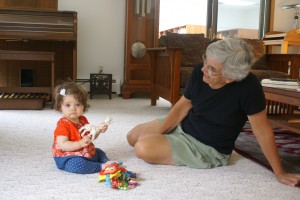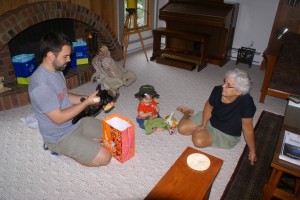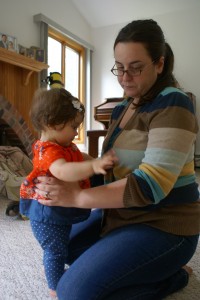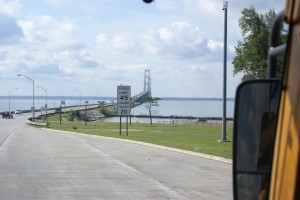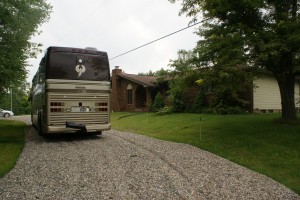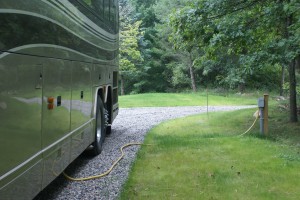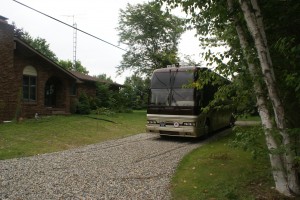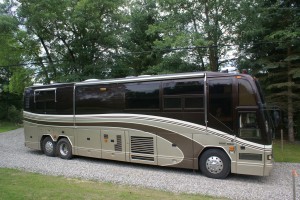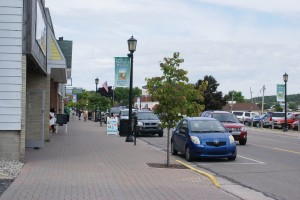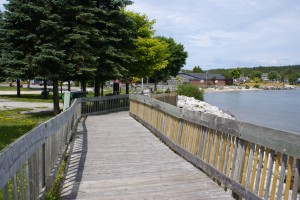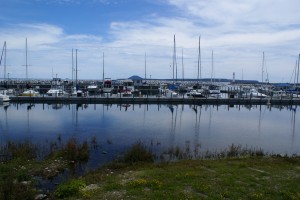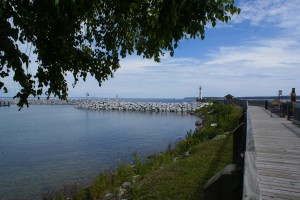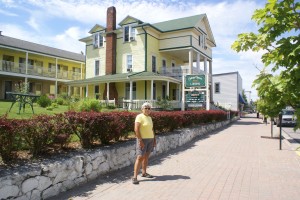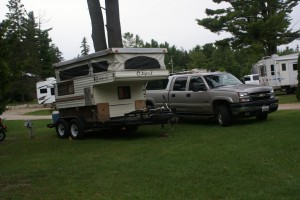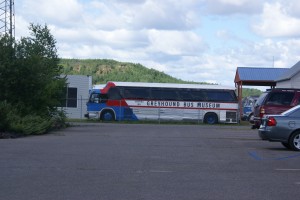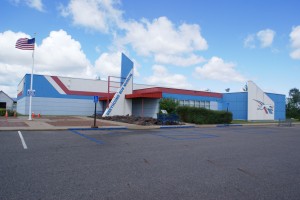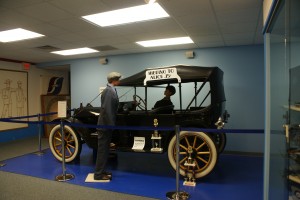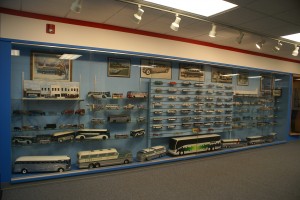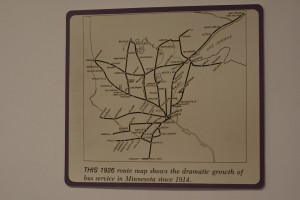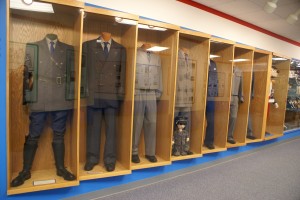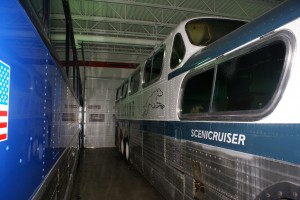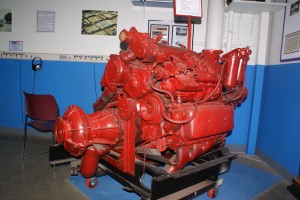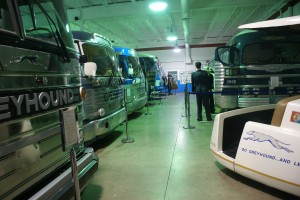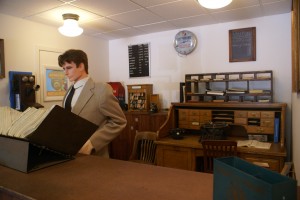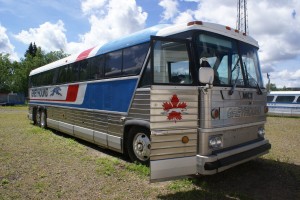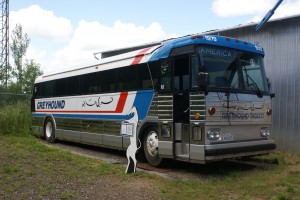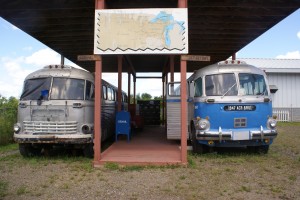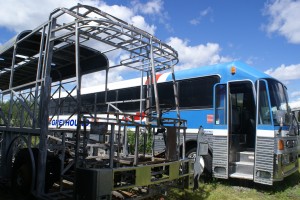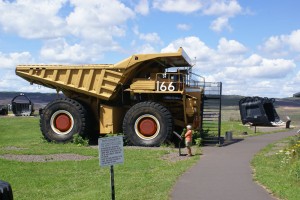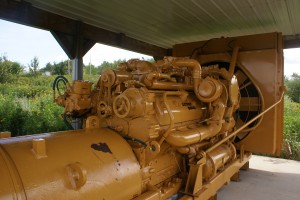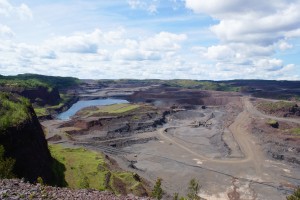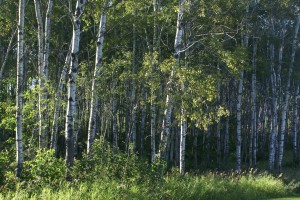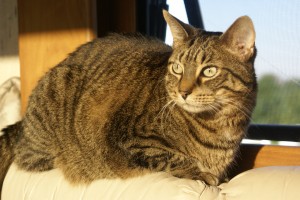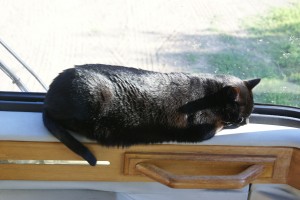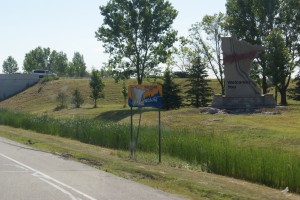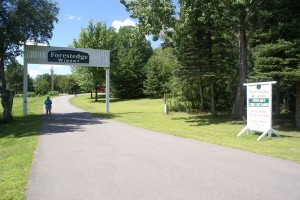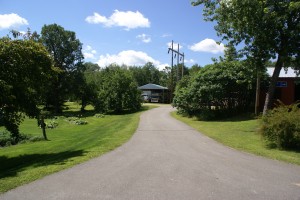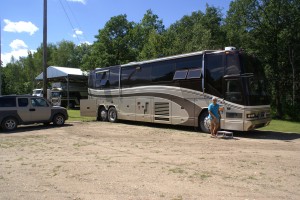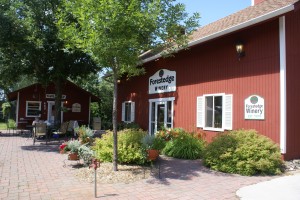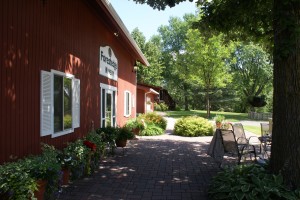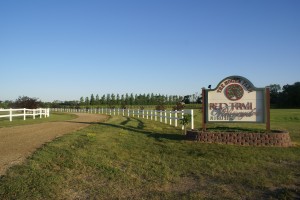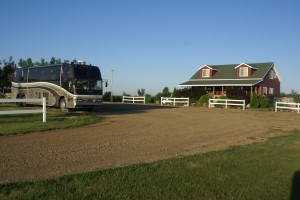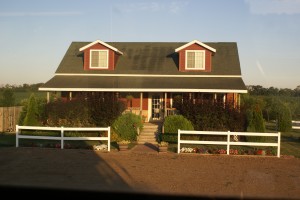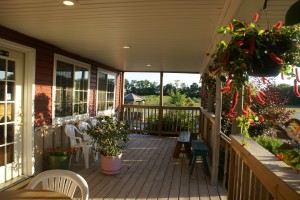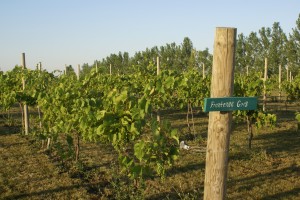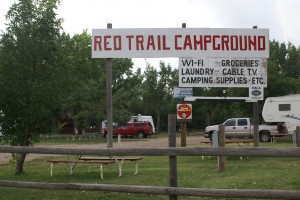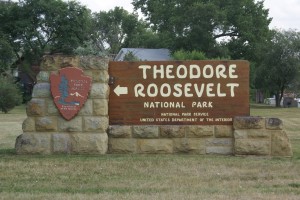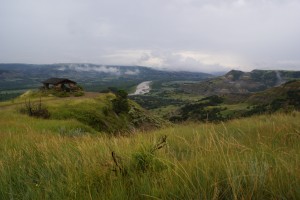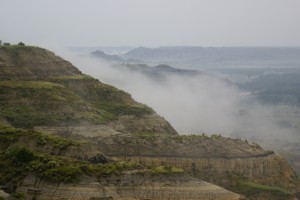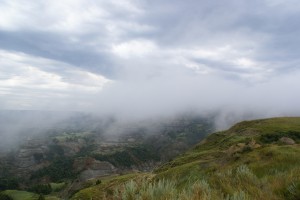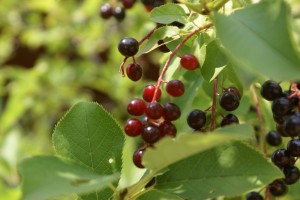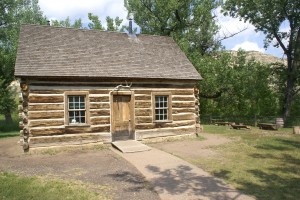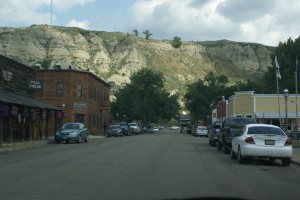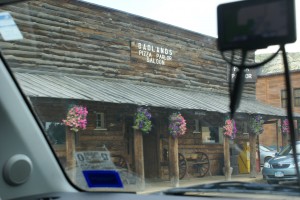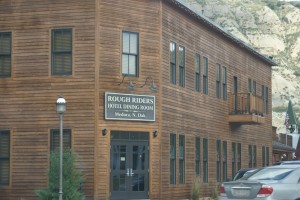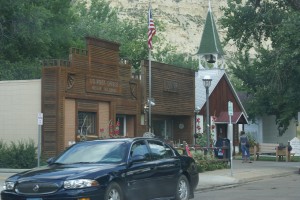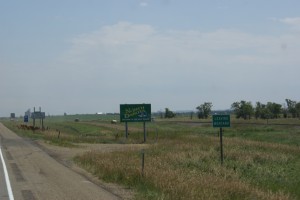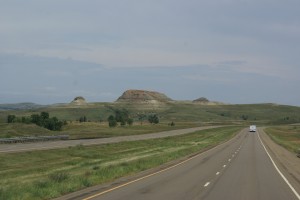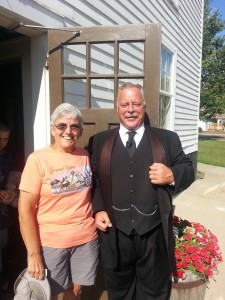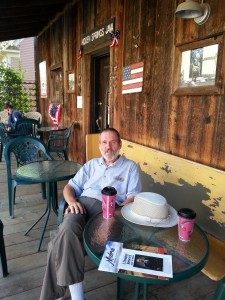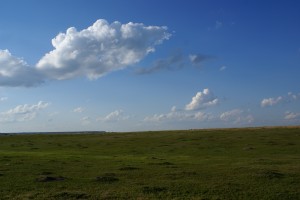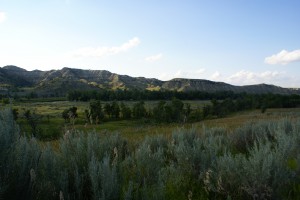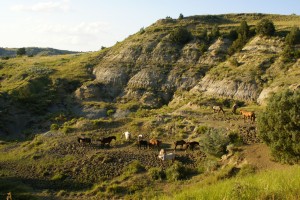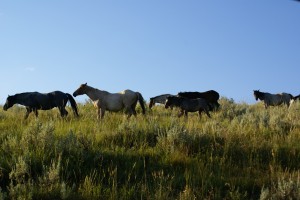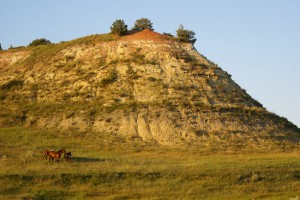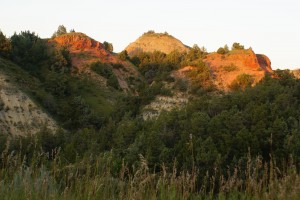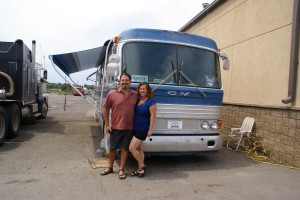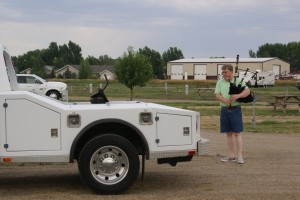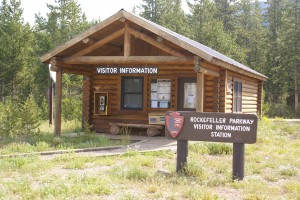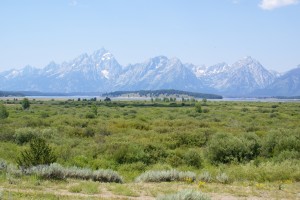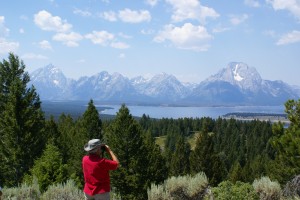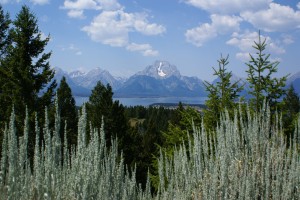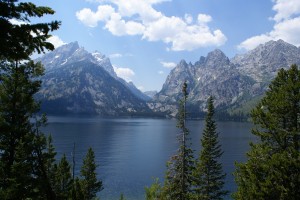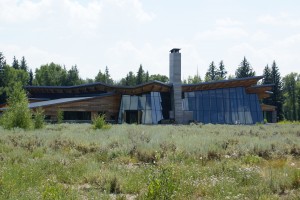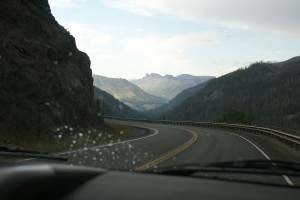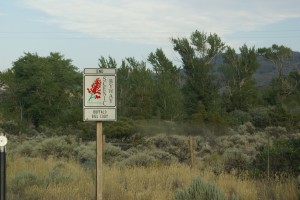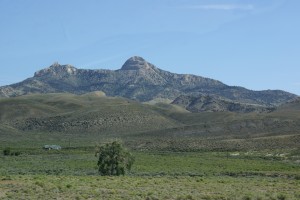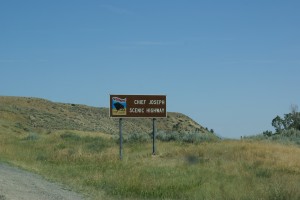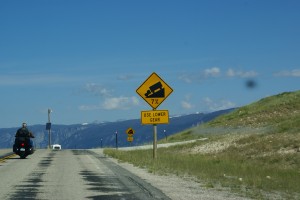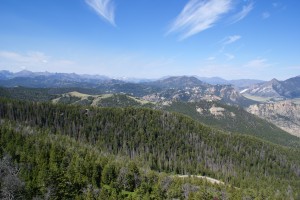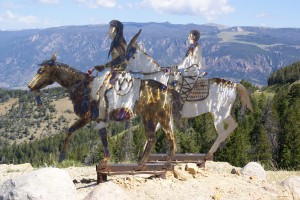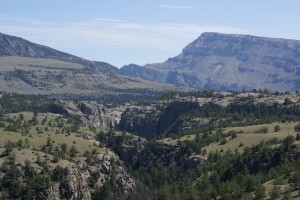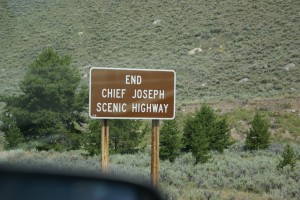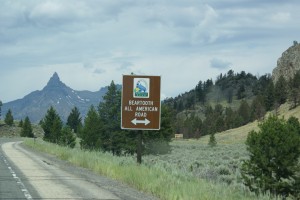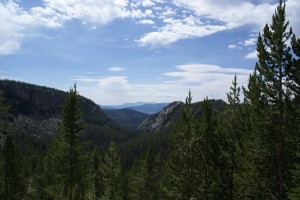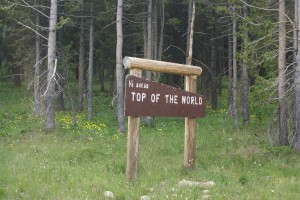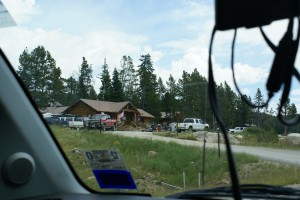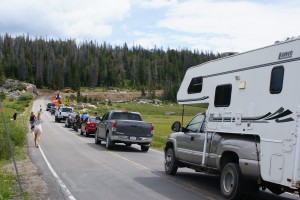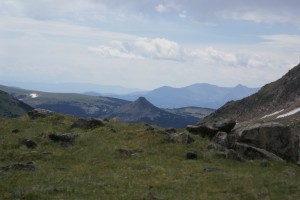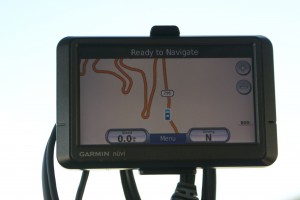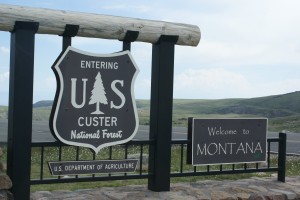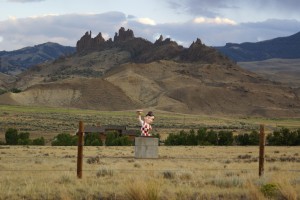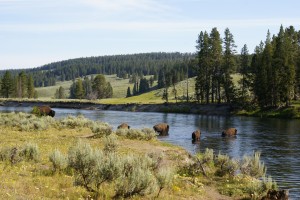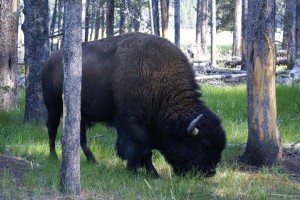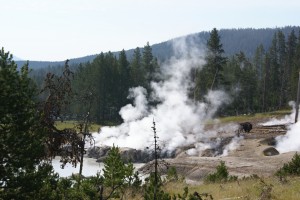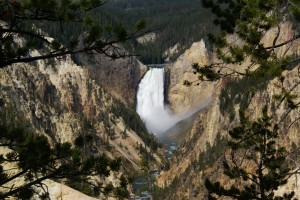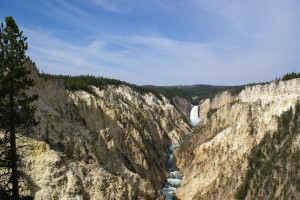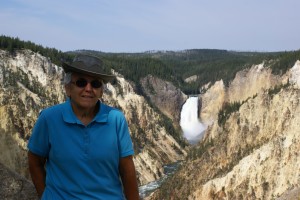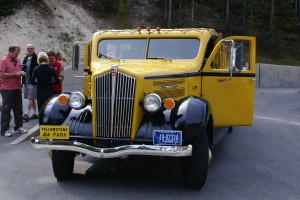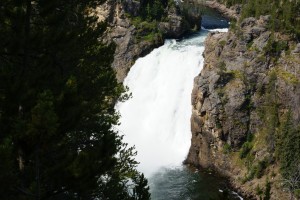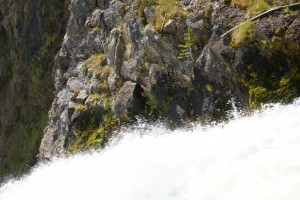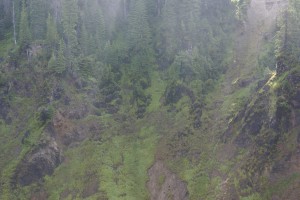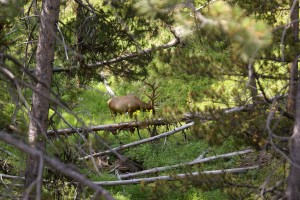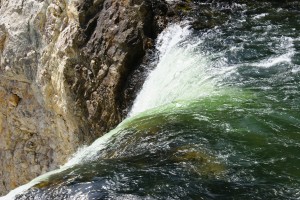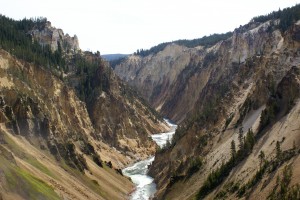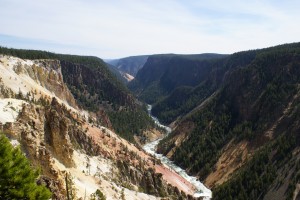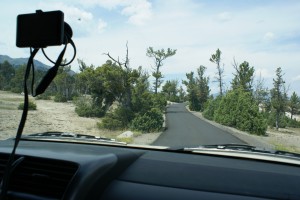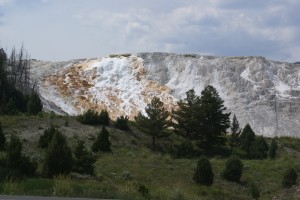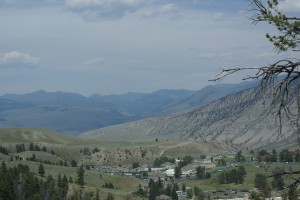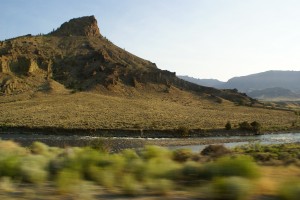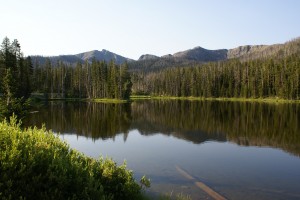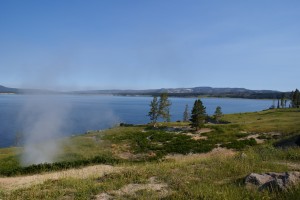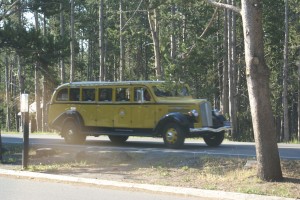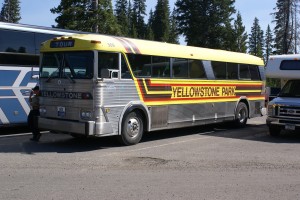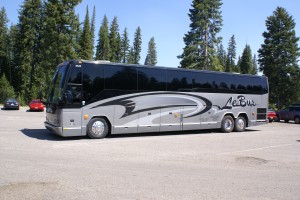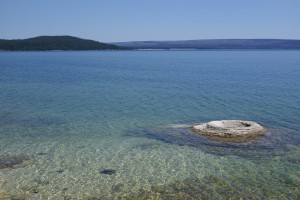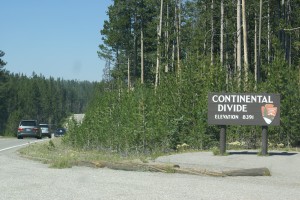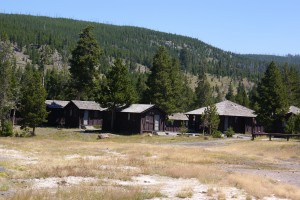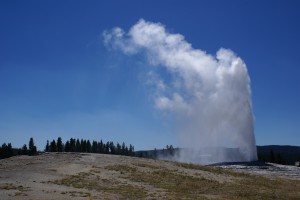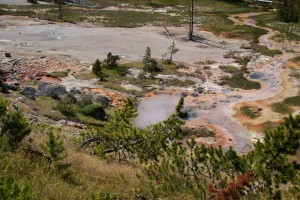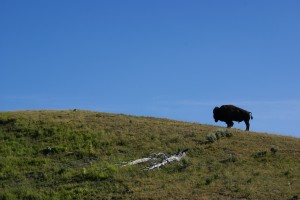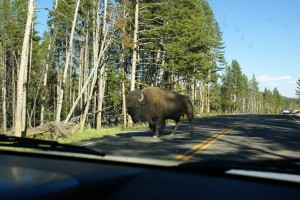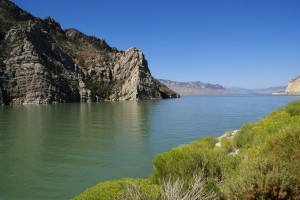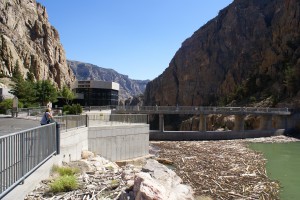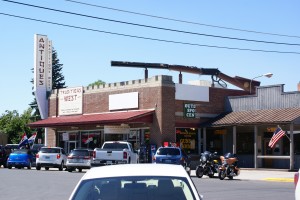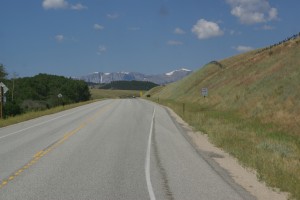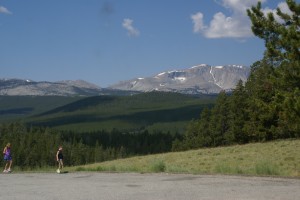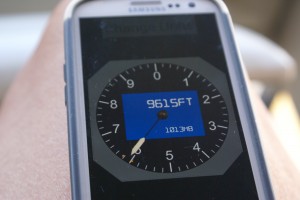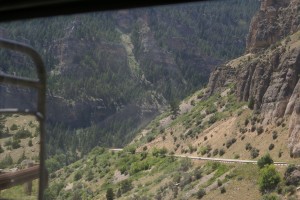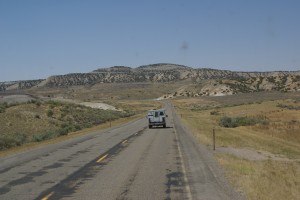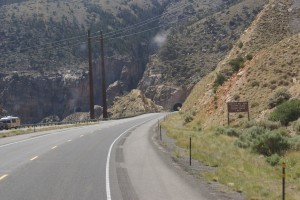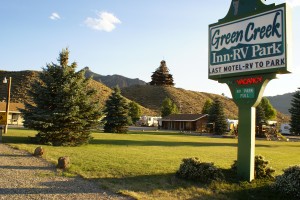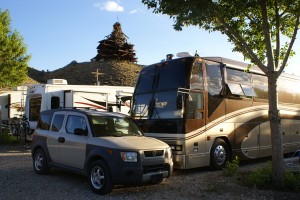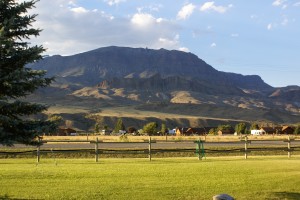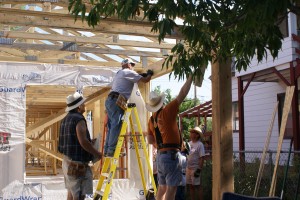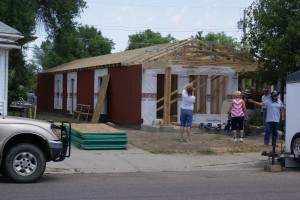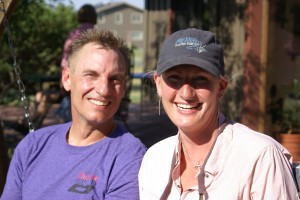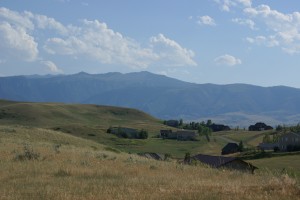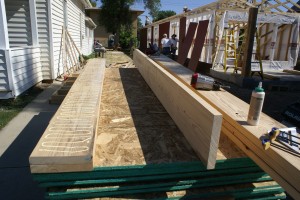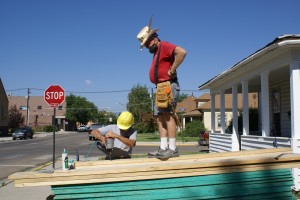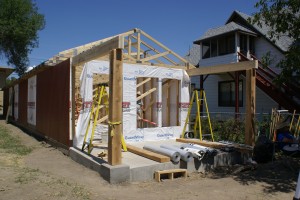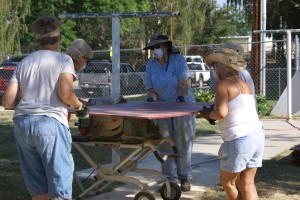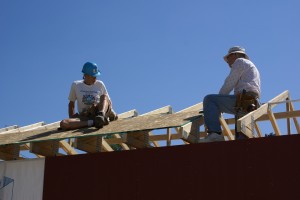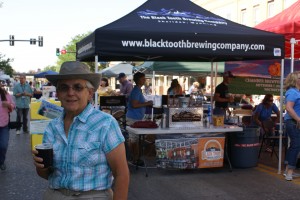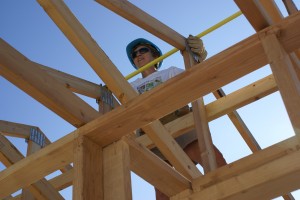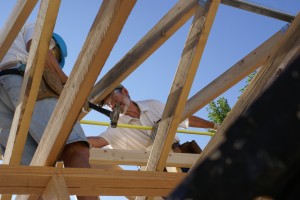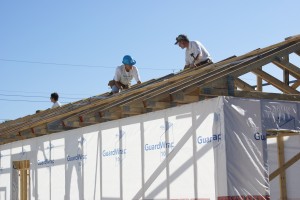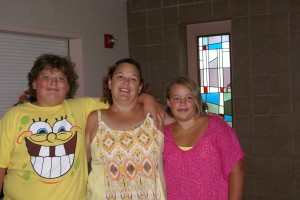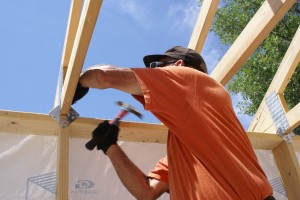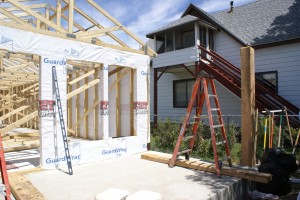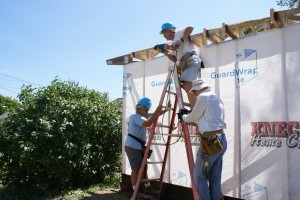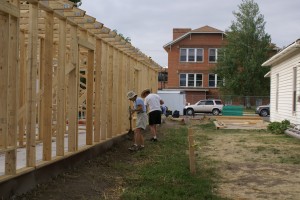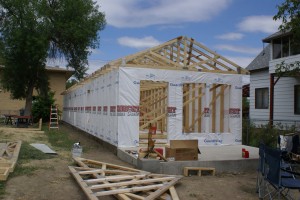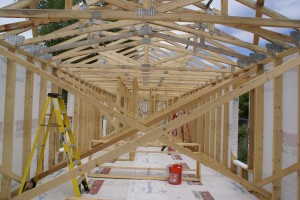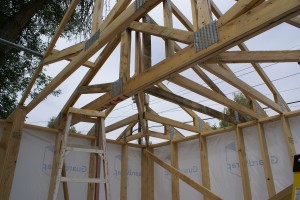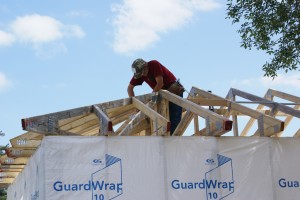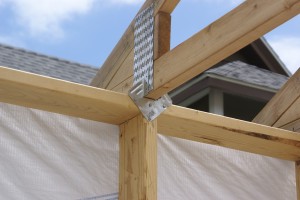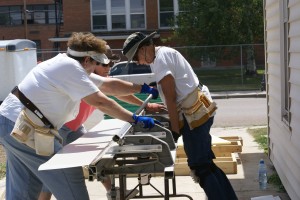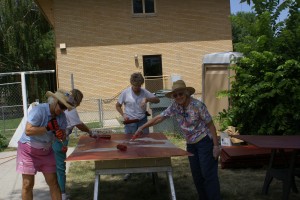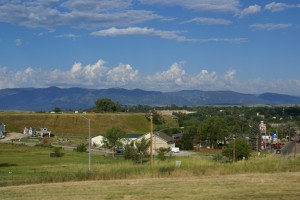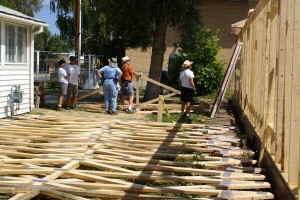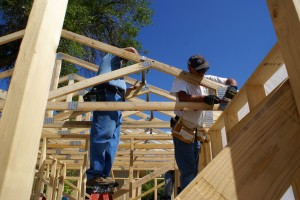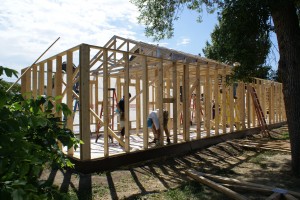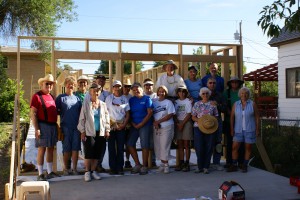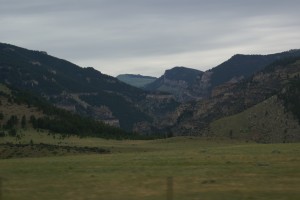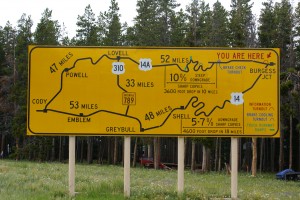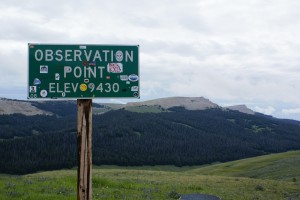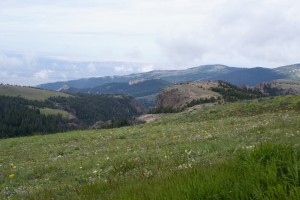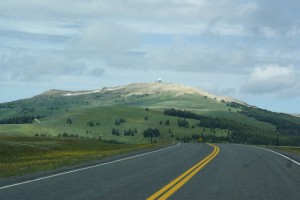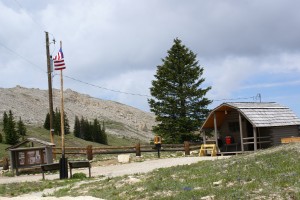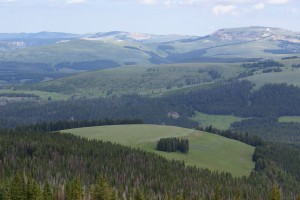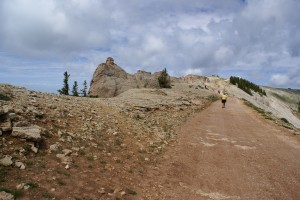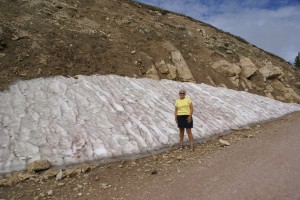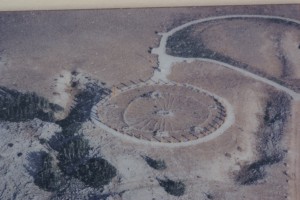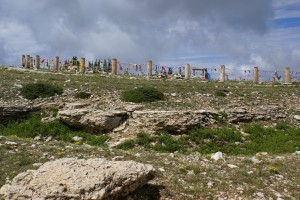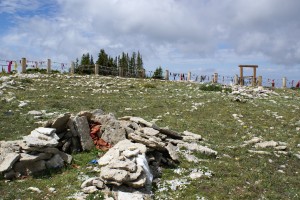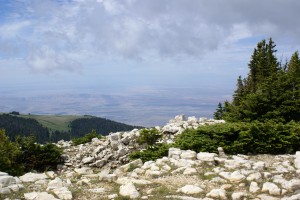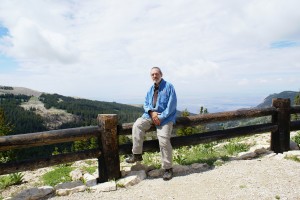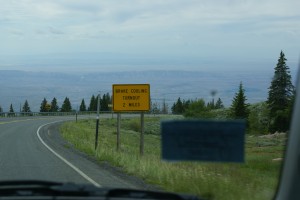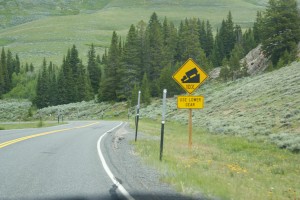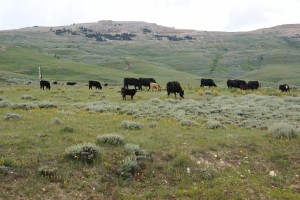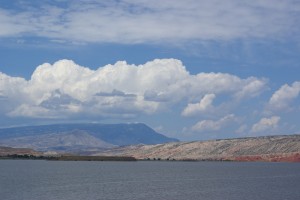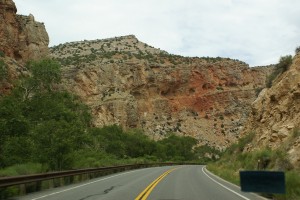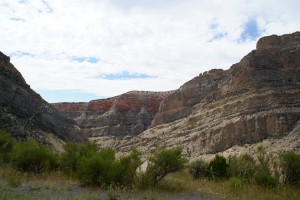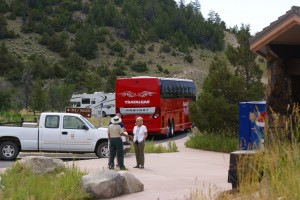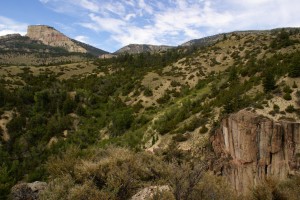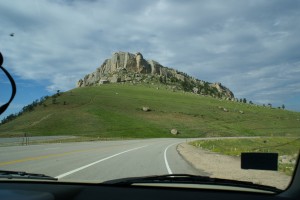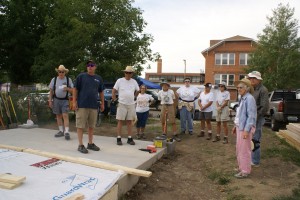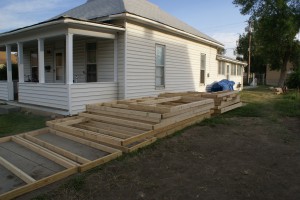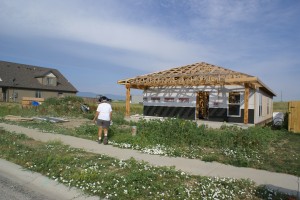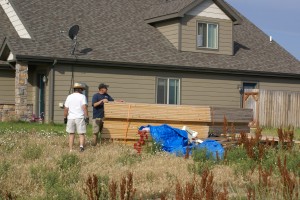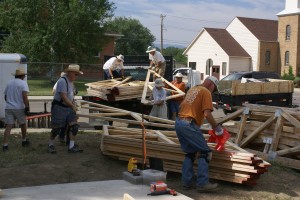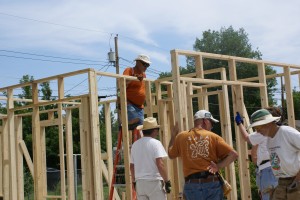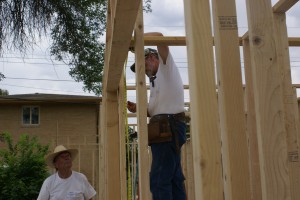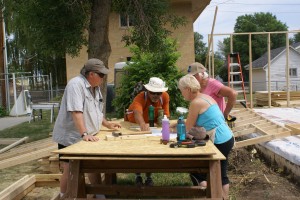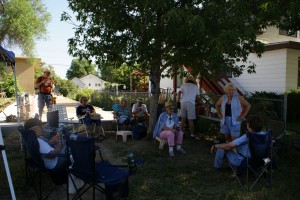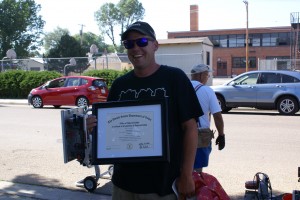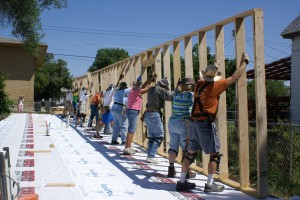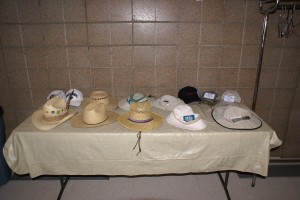There is a certain routine to being back at the house, and when we are here it feels like we should get back into that routine. Otherwise, it becomes too easy to sleep in, start slow, and not get around to even thinking about doing things until the afternoon, by which time it is too late to start anything.
Friday we were still unloading a few things from the bus, finishing up laundry (me), weeding the flower beds (Linda), catching up on accounting tasks (Linda), catching up on operating system updates (me), and other such necessities of daily living. I placed calls to various service providers and filled out an online trouble report to try and get our AT&T phone line back in service. Based on the missed calls on our answering machine, it appears that the phone line quite working around June 25th. What I found interesting was that our High Speed Internet (HSI/DSL) worked fine and never went out.
With necessary chores attended to I turned my attention to writing first drafts of articles for Bus Conversions Magazine (BCM). I had started an article a while back on the exterior makeover so finished a first draft of that and sent it off to Michele Henry of Phoenix Paint for review. I had six other projects I had worked on the last 11 months that I also thought would make good articles. Over the course of the weekend I completed first drafts of all six and sent all seven article drafts off to the Publisher (Gary Hall) and Editor (Wendy Crosby) of BCM, sans pictures.
Until today (Monday) the weather has been delightful since we returned, with blue skies, a few puffy white clouds, highs in the low-to-mid 70’s and lows in the upper 50’s. Friday evening we decided to get out of the house for a while so we drove to downtown Brighton and went for a walk along the Mill Pond. This is a large pond formed by a small dam in the heart of downtown, and it has a boardwalk that runs along the east side for about 1/2 mile. Besides people there were ducks and geese, including babies, and a swan. We also saw bluebirds and two muskrats. Downtown Brighton is a happening place on a Friday night. There were lots of people at the many restaurants, but equally many out walking.
Part of our routine is Saturday morning ham radio breakfast, usually with the South Lyon Area Amateur Radio Club (SLAARC) of which we are members, but occasionally with the Novi Radio Club. Having been gone for a while we went to the SLAARC breakfast. It was good to see our ham radio friends and catch up on what everyone has been doing. Folks were interested in our travels, of course, and we enjoyed sharing a little bit about that.
Back home I decided to run a computer network cable from our AT&T Gateway to my office in the basement so I could connect the computers down there to a hub and and connect it back to the Gateway. I’ve been trying to accomplish this connectivity with WiFi, but have had limited success. I ran a small experiment first to make sure it would work, plugging my laptop into the hub and the hub into the Gateway with all of the components in close physical proximity to the Gateway. It worked, so I proceeded with the larger project.
I had to enlarge a hole from the basement up into the wall cavity behind Linda’s desk, and managed to nick the Cat5 cable that carries the DSL/phone signal to the Gateway. Naturally the AT&T repair truck showed up a short time later. That did not turn out to be problem, however, as the technician very quickly determined that the problem was somewhere upstream in their system. He had our signals restored at the outside junction box long before I was ready to reconnect to them.
I managed to get the Cat6 network cable run through the suspended ceiling in the basement and into the office. I put the hub in the center of the room and ran the longest cables I had from various devices across the floor and over things. I would include a picture, but it isn’t a pretty sight. 😉 The hardwired connection isn’t necessarily faster than the wireless one, but it stays connected, which is more important than speed.
While I was at it I decided to run a new, higher quality Cat6 cable from the AT&T junction box (outside) to the AT&T Gateway (inside). After poking around in the attics above the garage and the house, I decided that this was not a project that had to be done at this time. As I have worked on projects in the basement I have been removing old telephone wires as we use a cordless phone system and the wiring is obsolete. I was going to to continue that work, but decided for now to just fix the cable I had damaged and get our phone/DSL connections back on line.
Another part of our routine is the Sunday morning Howell Farmers Market. The nice weather continued and we enjoyed strolling through the market and talking to the vendors. We bought some corn and peppers and herbs. We bought some more coffee beans from Irene’s Beans of Milford, and also from Teeko’s of Howell. Teeko’s is not far from our house and they keep their beans green until you buy them. They then roast them to your taste while you wait. They have a very wide selection of beans, including 100% Kona and Jamaica Blue Mountain. These are premium coffee beans and are not generally available even at upscale food markets.
On Sunday Linda split her time between weeding, her computer, and just relaxing, which usually involves reading. Of course she also took time to make meals, which were good, as usual. I continued working on articles drafts and started updating our GPS units. I had the docking/update software for both units installed on an older laptop that is not very fast, even with a hardwired network connection. I replaced the hard disk drive in that laptop some time ago with a solid state drive as I plan to use that computer to run the Silverleaf VMSpc software for monitoring the bus engine while I drive. I figured the SSD would be more tolerant of bumps and vibrations. It probably is, but I did not figure on how incredibly slow it would be.
It took quite a while, but I got the Garmin nüvi 465T updated. This is a nice little GPS unit designed for truckers (the T model) with a 4″ diagonal screen. Because it is designed for truckers, we can create profiles for different vehicles/combinations, including length, width, height, and weight. That is very handy when driving a large vehicle. We use it in the toad, and as a backup for the bus. I need to move the docking software to my newer laptop if I can figure out how to do it. Part of the problem is that I also have map subscriptions installed on the old laptop and have to move those as well.
Sunday night was our monthly SLAARC meeting in South Lyon. Linda opted not to go, but as the Vice-President of the club for this year, I really needed to make an appearance. Besides, the program was on how to use an oscilloscope. The presenter was (Dr.) Steve Smith, N8AR, a member of our club and retired electrical/communications engineer who worked on the space program at one point in his career. Steve has done a number of presentations for our club. They are always good, and they always draw a crowd, and this was no exception.
This morning (Monday the 12th) we woke to find it very overcast with a high probability of showers for most of the day. That meant we would not be doing much outside work today. Our Honda Element (towed vehicle) was overdue for it’s 75,000 mile service, so we took it to Brighton Honda right after breakfast. While I was getting it written up Linda picked up my favorite Amy’s frozen pizza for dinner as she had plans for dinner and movie with Diane; their belated annual birthday night out.
I planned to continue working on my articles for BCM, selecting, adding, and annotating photos to illustrate them. But first I decided to install the docking software for our Rand-McNally RVND7710 GPS. That was easy; the software resides in the non-volatile memory of the unit, which connects to the computer via a USB cable. I checked for updates; there were some, so I installed them.
I then decided to purchase the Lifetime Map updates, which I had not done previously. I accomplished that easily enough but had a little trouble getting the docking software to accept the Activation Key. Closing the software, powering the GPS down, turning it back on, and re-launching the docking software got it to work, but that wasn’t part of the instructions. Great; time to download and install updated maps, which I did. It took eight (8) hours! I know our Internet connection is not very fast, and I have no idea how much data got downloaded, but 8 hours?! Unfortunately that tied up my laptop for most of the day, so whatever else I had hoped to accomplish got delayed. But that was OK; it rained all day, and a slower pace with a subdued tone somehow seemed appropriate.

